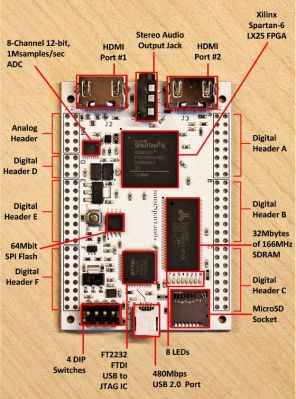Any NYC hackers may have noticed something a bit odd this summer while taking a walk… Giant tanks of the Liquid Nitrogen have been popping up around the city.
There are hoses that go from the tanks to manholes. They’re releasing the liquid nitrogen somewhere… Are they freezing sewer alligators? Fighting the Teenage Mutant Ninja Turtles? Or perhaps, cooling our phone lines??
Luckily, we now have an answer. Popular Science writer [Rebecca Harrington] got to investigate it as part of her job. As it turns out, the liquid nitrogen is being used to pressurize the cables carrying our precious phone and internet service in NYC. The cables have a protective sheath covering them, but during construction and repairs, the steam build up in some of the sewers can be too much for them — so they use liquid nitrogen expanding into gas to supplement the pressurized cables in order to keep the them dry. As the liquid nitrogen boils away, it expands 175 times which helps keep moisture out of the cables.
Continue reading “Why Is There Liquid Nitrogen On The Street Corner?”



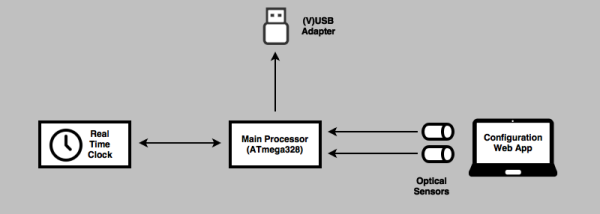





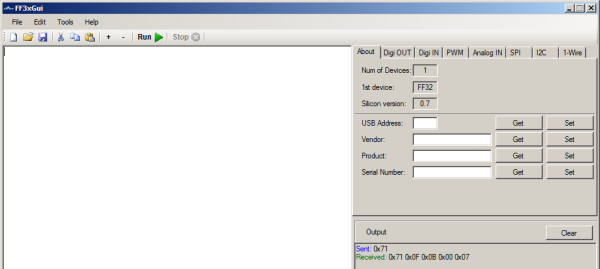
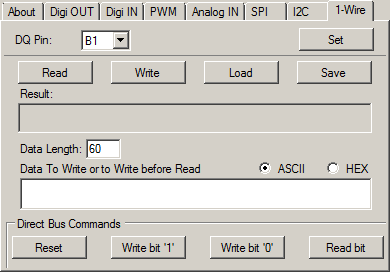
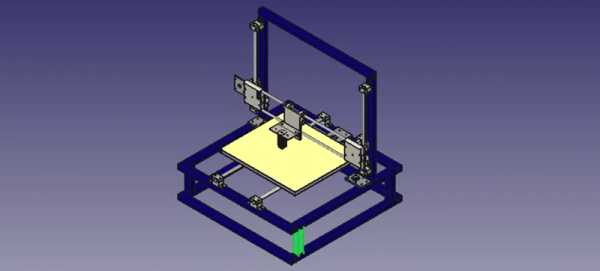

 Like the original simulator, this one is great to show a classroom circuits and encourage building or studying circuits in the browser. There’s no extra software to install, which is handy for an impromptu demo. Another cool feature is the visualization of current flow as animated dots. The dots move in the direction of the current flow and the speed of motion is proportional to the amount of current. Watching a capacitor charge with the moving dots is very illustrative. You can also view data in a scope format or hover the mouse over things to read their values.
Like the original simulator, this one is great to show a classroom circuits and encourage building or studying circuits in the browser. There’s no extra software to install, which is handy for an impromptu demo. Another cool feature is the visualization of current flow as animated dots. The dots move in the direction of the current flow and the speed of motion is proportional to the amount of current. Watching a capacitor charge with the moving dots is very illustrative. You can also view data in a scope format or hover the mouse over things to read their values.
